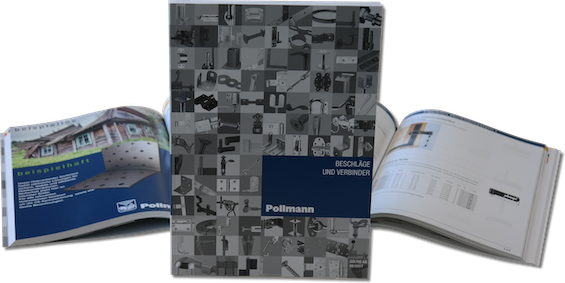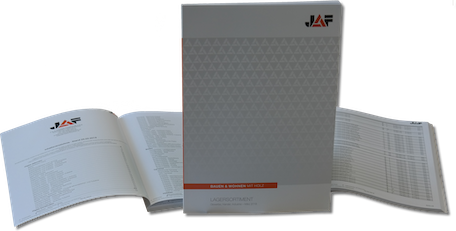A Product Information Management (PIM) system is the foundation for e-commerce, multichannel publishing, web-to-print and digital catalog making software. Being between the front-end technologies (like e-Commerce, web/mobile-applications) and the backend platforms (such as DAM, ERP, EDW, CMS or CRM), the PIM is the connecting layer that has the ability to manage all data from the desired sources toward the consumer-facing channels. It leverages product information to various channels. Furthermore, PIM guarantees that the product information is equally complete and representative on each commercial channel, whether online or offline. The web-to-print or catalog making functionality within a PIM is usually based on a HTML or XML to PDF converter or plug-in, such as RealObjects PDFreactor.
PIM solutions and tools
PIM systems form a central platform for all product information in the company, are used by employees to procure and process data, and enable sales channels to be filled efficiently with consistent, correct information. In addition, a PIM system can avoid redundancies and improve data quality.
The selection and introduction of PIM systems is not easy because product content or data is often stored in a very disorganized and, above all, decentralized way. In addition, the range of different PIM systems is continuously growing. From the entry-level class (e.g. noxum, asim, Advanced Concepts) to the professional class (e.g. ContentServ, jCatalog, Viamedici) to the enterprise class (e.g. Stibo Systems, Informatica, SAP Hybris), or the open source class (e.g. Pimcore, Akeneo), there are numerous providers. The diversity of the PIM providers with their different approaches to solutions, functions and conditions for catalog software makes a selection rather complicated. So, the cooperation with an experienced and specialized IT service provider is recommended.






